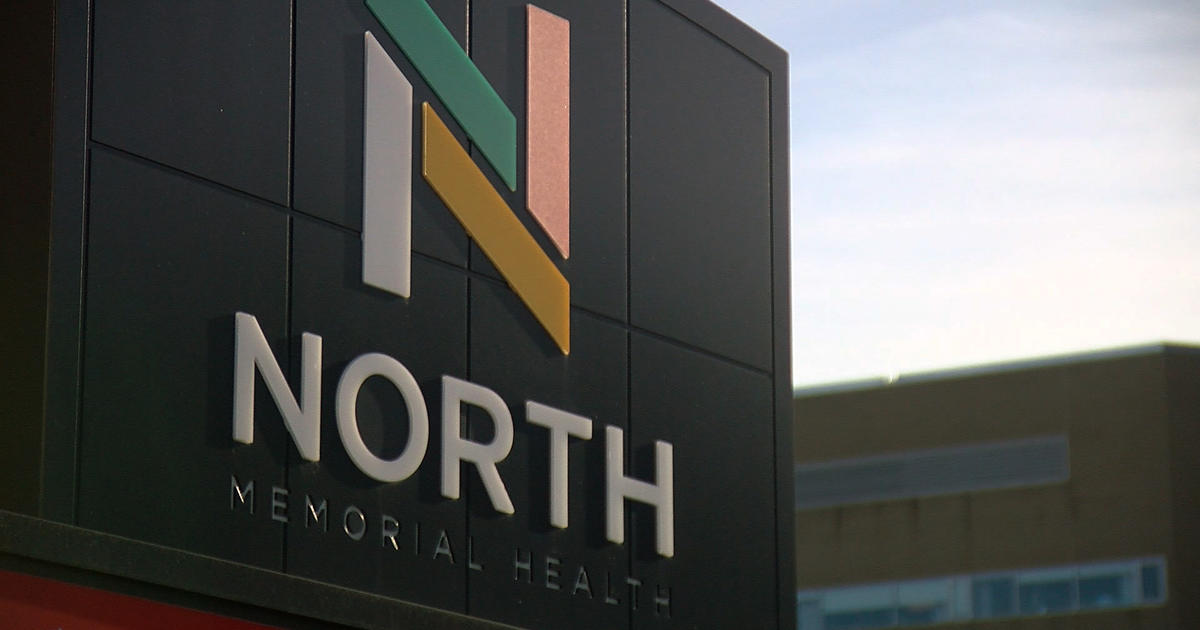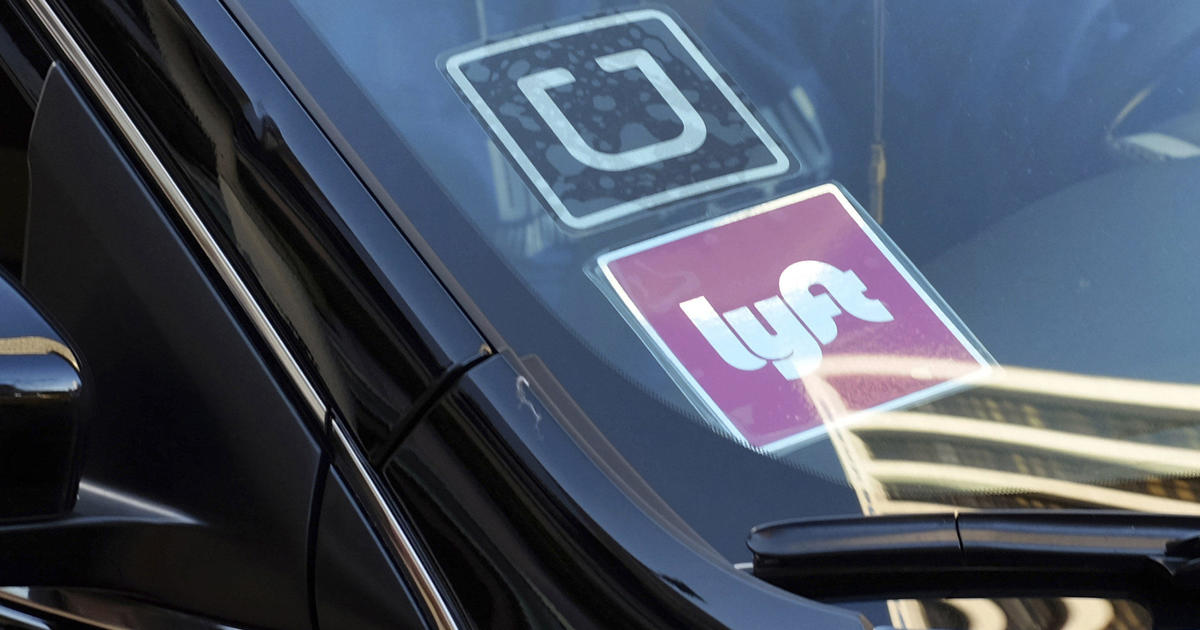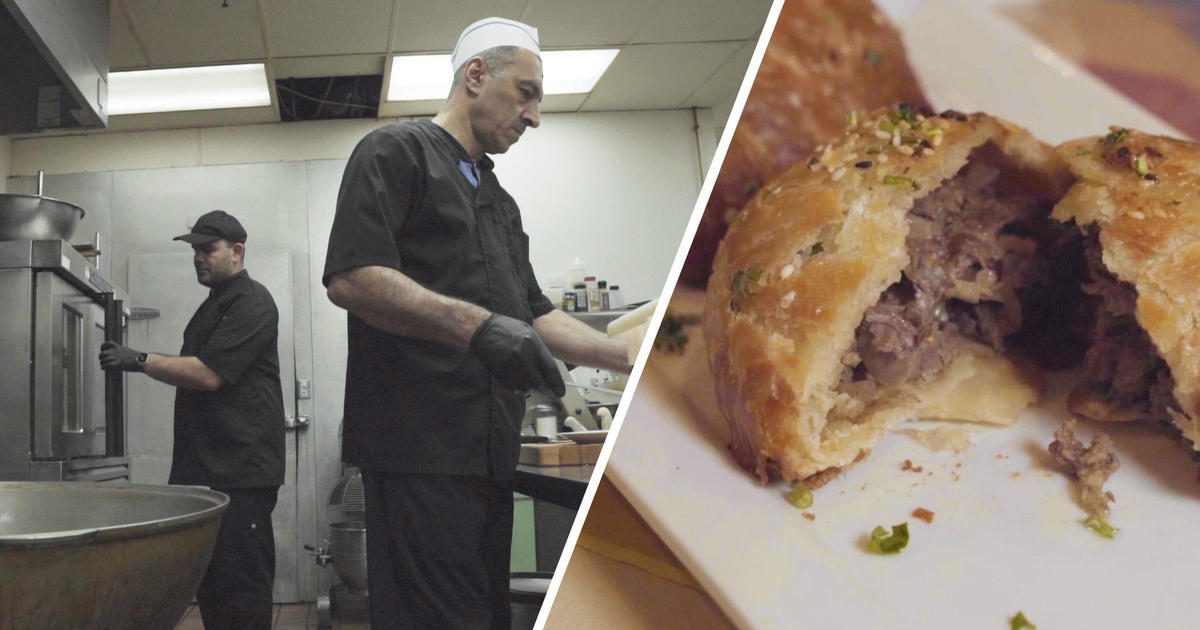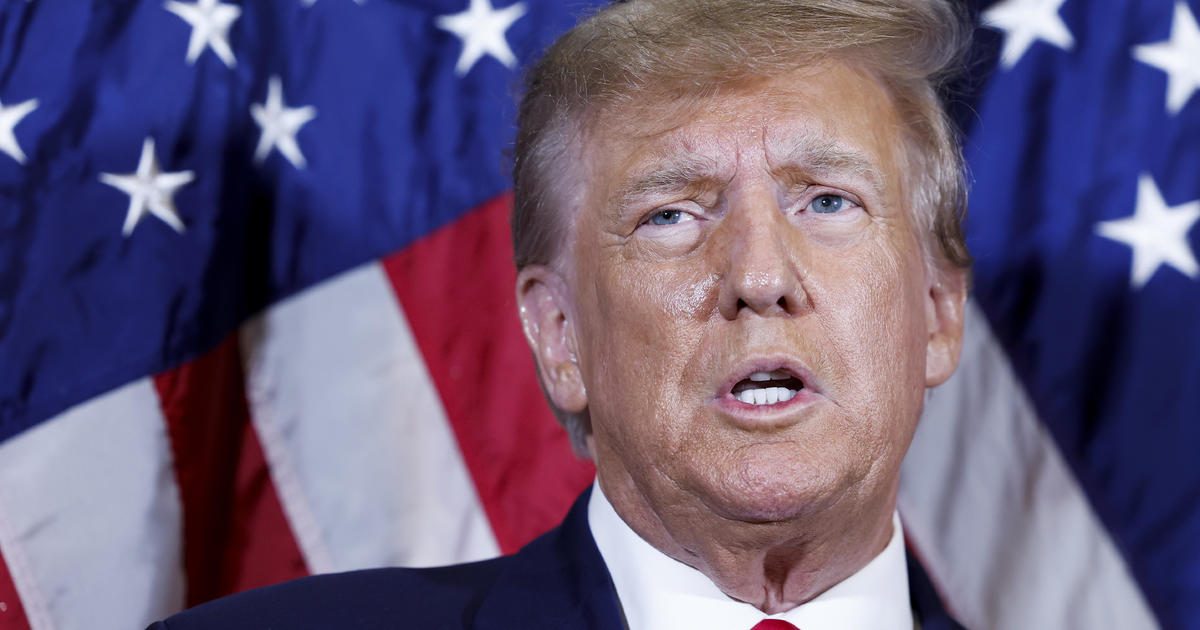What you need to know about loan forgiveness for healthcare workers in Minnesota
MINNEAPOLIS -- At the 11th hour of the 2023 legislative session, Minnesota lawmakers passed the Nurse and Patient Safety Act.
This all-encompassing health legislation aims to do a number of things, including: modify hospital preparedness requirements, eligibility for staff and facility employee scholarships, student loan forgiveness, commissioner oversight on hospital staffing, and amending previous Minnesota health statues.
RELATED: 2023 Minnesota legislative session ends. See what bills passed
Here is what you need to know if you're a healthcare worker, and interested in learning more about your eligibility for student loan forgiveness:
Loan forgiveness eligibility
One part of the Nurse and Patient Safety Act includes the creation of a professional education loan forgiveness program (Sec. 3 of Minnesota Statues 2022, section 144.1501). This program will be established and overseen by the commissioner of health.
Healthcare workers who qualify for loan forgiveness:
- Medical residents, mental health professionals, alcohol and drug counselors that agree to practice in a designated rural areas
- Healthcare workers who specialize in pediatric psychiatry and work in underserved urban communities also qualify
- Mid-level practitioner working in a rural area, or teach at least 12 credit hours or 720 hours per year in a post secondary nursing program
- Nurses who practice in Minnesota nursing homes, in a developmental disability facility, or in a hospital that owns and operates a Minnesota nursing home, and work a minimum of 50% of time at that facility
- Pharmacists, advanced dental therapists, dental therapists, and public health nurses practicing in rural areas
But currently employed healthcare workers are not the only ones who can to reap these benefits.
Other health care technicians that have agreed to teach at least 12 credit hours or 720 hours per year in a designated postsecondary program -- including but not limited to -- respiratory therapy, clinical laboratory technology, radiologic technology and surgical technology -- also qualify.
How to claim student loan forgiveness
A healthcare worker must submit an application to the commissioner of health in order to receive these benefits.
When applying for loan forgiveness, you'll need to include:
- Proof that you are employed as a hospital nurse.
- A signed contract with an minimum three-year, full-time service obligation OR a signed contract for nurses who agree to teach for a minimum of two years.
Important caveats
Unfortunately, not all healthcare workers who apply for student loan forgiveness will be awarded loan forgiveness.
Ultimately, who receives this benefit will be up to the commissioner of health. The commissioner will select applicants each year to participate in loan forgiveness, as long as funding is available.
The commissioner will give preference to applicants with documented diverse cultural competencies, as well as practitioners providing care to areas, facilities, teaching areas, patient groups, or specialties with the highest need for support.
75% of available funds will be allocated to rural physician loan forgiveness, and 25% will be used for underserved urban communities and pediatric psychiatry loan forgiveness.
If the commissioner does not receive enough applications for applicants in preference groups, the remaining funds may be allocated among other eligible professions according to vacancy rates based on geographical areas, patient groups, or facility type.
For each year that a loan forgiveness participant meets their service obligations outlined in the eligibility requirements, the commissioner will make annual disbursements directly to the participant that is equivalent to 15% of the average education debt for indebted graduates.
This applies to practicing physicians as well as physicians teaching.
The legislation makes it clear that this does not mean that disbursement payments will exceed the balance of the participant's qualifying educational loans.
Also, before repayments can be received, a participant must complete and return a confirmation of practice form to the commissioner that verifies they are practicing within eligibility requirements.
The participant must then provide the commissioner with verification that a full amount of loan repayment was received and applied to designated loans. A participant must repeat this process after every disbursement in order to qualify for the next round of repayment.
MORE LIKE THIS: What will Minnesota lawmakers do for an encore after momentous 2023 legislative session?
To learn more about the Nurse and Patient Safety Act, you can read the full bill with new amendments here.
NOTE: This video was created before the Nurse and Patient Safety Act had officially passed. The legislation is referenced to it's previous, original title, "Nurses at the Bedside Act."



